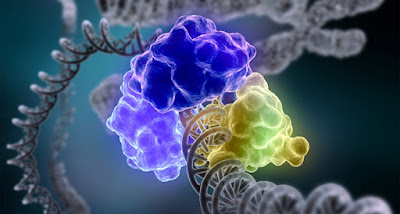Aging: Slow Down Your Life Clock

Old Mice Turn Young Again With New Anti-Aging Medication Scientists thought of a splendid arrangement: make sense of what prevents senescent cells from desiccation, and demolish that brake. Peering into the molecular movement inside senescent cells, the group revealed a dramatic procedure. Cells undergo DNA mutation by addition with a protein called p53 without any problem, which affects the entire apoptosis program. Senescent cells , in any case, have another protein called FOXO4 that locks onto p53 like cuffs, keeping p53 from doing its activity. The group at that point planned a peptide tranquilize that elbows its way amongst FOXO4 and p53. The dead protein is liberated, and persuades the cell to self-destruct. Since matured cells have low levels of FOXO4 or none by any means, they're saved from the medication's impact. Here's another astute part: peptide drugs are generally too huge to get into cells, which is the reason there are so few available. The gro...



